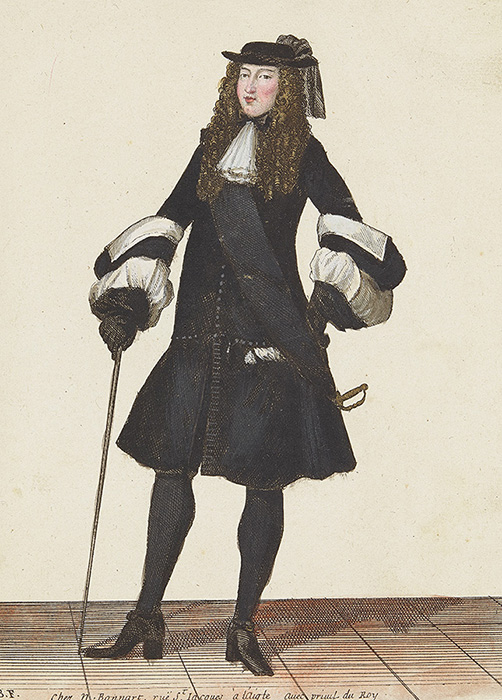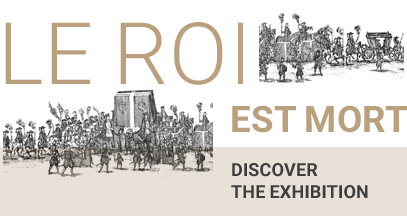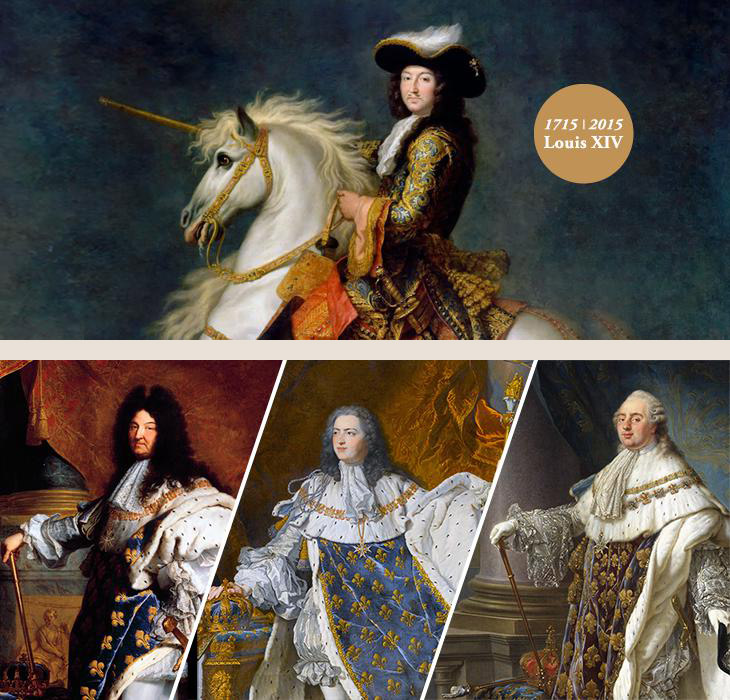Mourning : is black the right color?
By Raphaël Masson
Louis XV mourned his ancestor for a year, dressing in violet according to the custom, which was a privilege he alone was entitled to. Until the autumn his clothes were made of ras-de-castor (a light woollen fabric), then serge. The year of mourning was broken down into two periods known as Grand and Petit mourning, with a period of transition in between which varied in length. During the Grand mourning he wore violet stockings, long sleeves called “pleureuses” (weepers) and removed any jewellery or shiny decoration. Even his buttons were covered with violet.
At the end of several months he abandoned the pleureuses, exchanged the serge for silk and started to wear diamond jewellery again. Transition to the period of Petit mourning was then marked by a return to white stockings.
The court mourned exactly as the king did, but dressed in black and each member respected the Grand and Petit mourning periods. Nobody could appear before the king unless they were in mourning, even for a simple visit. The Officers of the King’s Household draped their carriages in black. The walls of the apartments in the residences the king stayed in (in particular in the palace of the Tuileries) were draped entirely in violet. During the Grand mourning period, shows and games were suspended in the Court. According to tradition, the king did not attend the funeral ceremonies held in honour of his great-grandfather, neither in Saint-Denis nor in Paris. Conversely, he was paid the respects due in such circumstances. After the compliments of the royal family, the Court and the diplomatic society, the young king received the major State bodies, which came to offer their condolences in the traditional order: Parliament, the Chamber of Finances, the Court of Aids, the Court of Currencies, the Grand Council, the University and the Académie française.























